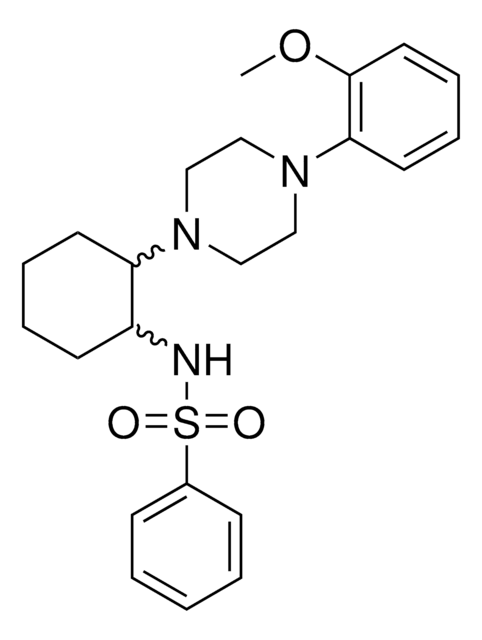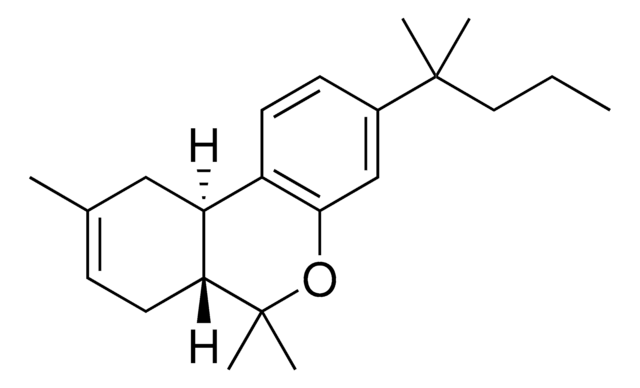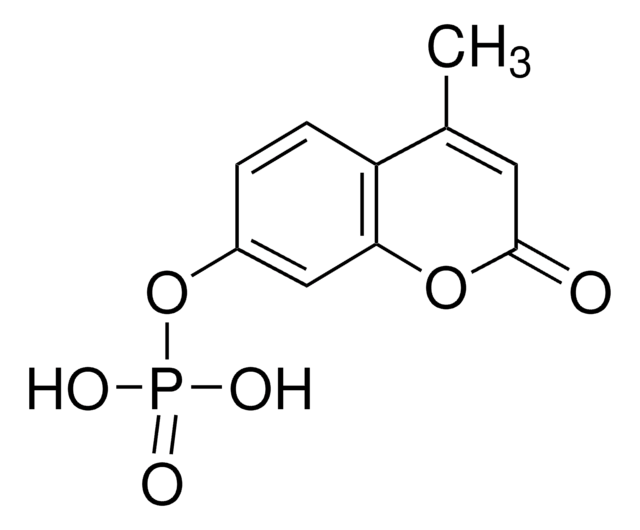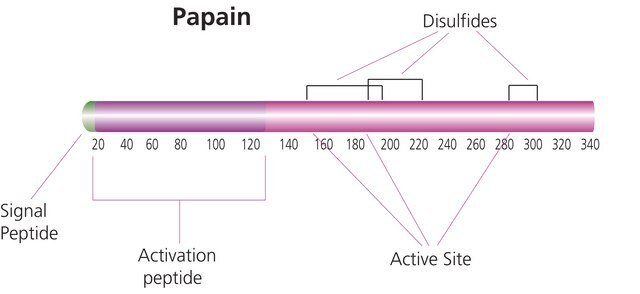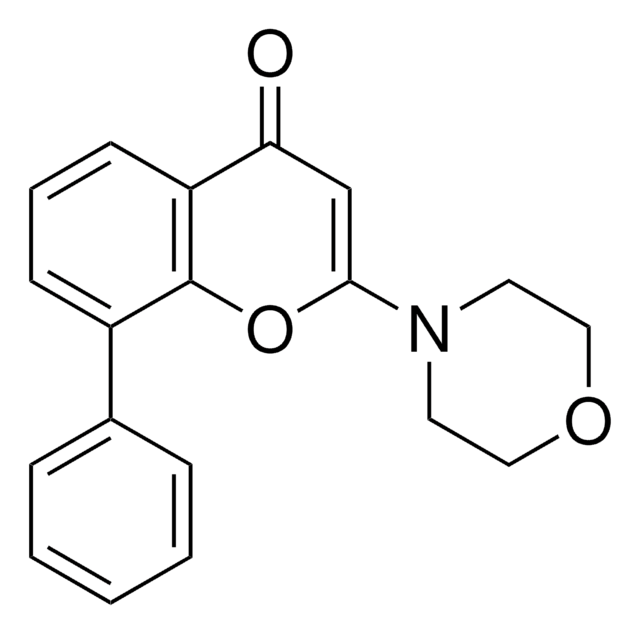G1421
GW405833
≥98% (HPLC), solid
Sinonimo/i:
1-(2,3-Dichlorobenzoyl)-5-methoxy-2-methyl-(3-(morpholin-4-yl)ethyl)-1H-indole
About This Item
Prodotti consigliati
Livello qualitativo
Saggio
≥98% (HPLC)
Stato
solid
Controllo stupefacenti
regulated under CDSA - not available from Sigma-Aldrich Canada
Condizioni di stoccaggio
desiccated
Colore
white to pink
Solubilità
DMSO: soluble >10 mg/mL
H2O: insoluble <2 mg/mL
Temperatura di conservazione
2-8°C
Stringa SMILE
Cl.COc1ccc2n(c(C)c(CCN3CCOCC3)c2c1)C(=O)c4cccc(Cl)c4Cl
InChI
1S/C23H24Cl2N2O3.ClH/c1-15-17(8-9-26-10-12-30-13-11-26)19-14-16(29-2)6-7-21(19)27(15)23(28)18-4-3-5-20(24)22(18)25;/h3-7,14H,8-13H2,1-2H3;1H
JIQYDHDVNNFPMU-UHFFFAOYSA-N
Applicazioni
Azioni biochim/fisiol
Caratteristiche e vantaggi
Avvertenze
Danger
Indicazioni di pericolo
Consigli di prudenza
Classi di pericolo
Acute Tox. 3 Oral - Aquatic Chronic 4
Codice della classe di stoccaggio
6.1C - Combustible acute toxic Cat.3 / toxic compounds or compounds which causing chronic effects
Classe di pericolosità dell'acqua (WGK)
WGK 3
Punto d’infiammabilità (°F)
Not applicable
Punto d’infiammabilità (°C)
Not applicable
Dispositivi di protezione individuale
Eyeshields, Faceshields, Gloves, type P2 (EN 143) respirator cartridges
Scegli una delle versioni più recenti:
Certificati d'analisi (COA)
Non trovi la versione di tuo interesse?
Se hai bisogno di una versione specifica, puoi cercare il certificato tramite il numero di lotto.
Possiedi già questo prodotto?
I documenti relativi ai prodotti acquistati recentemente sono disponibili nell’Archivio dei documenti.
I clienti hanno visto anche
Articoli
Sigma-Aldrich offers many products related to cannabinoid receptors for your research needs.
Il team dei nostri ricercatori vanta grande esperienza in tutte le aree della ricerca quali Life Science, scienza dei materiali, sintesi chimica, cromatografia, discipline analitiche, ecc..
Contatta l'Assistenza Tecnica.
